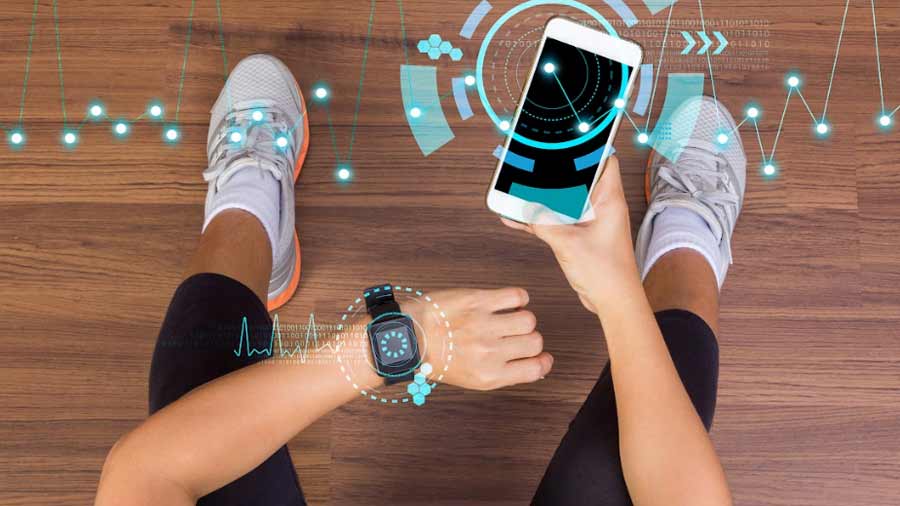When Apple launched the first edition of its smartwatch back in 2014, it promised that the Apple Watch would double up as your personal trainer with deep fitness insights. Seven years and a pandemic later, smartwatches have made the transition to wellness devices. From ECG to SpO2 readings, smartwatches can do things that only machines like a pulse oximeter, or an ECG monitor could do before.
Here’s a list of five advanced wellness metrics that you can track straight off your wrist with your smartwatch or activity tracker:
ECG
We first checked this feature on the Apple Watch back in 2018. An electrocardiogram (ECG or EKG) is a test that records the timing and strength of the electrical signals that make the heartbeat. The ECG app checks these pulses to get your heart rate and check if the upper and lower chambers of your heart are in rhythm. If they’re out of rhythm, that could be AFib or atrial fibrillation, a form of irregular rhythm.
Available on: Apple Watch Series 7, wearables from Fitbit, Garmin
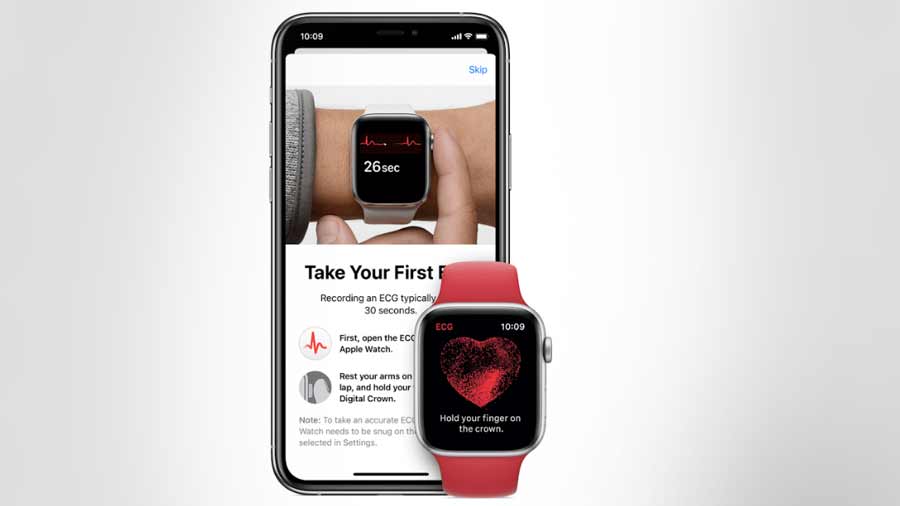
Apple Watch
BMI
The headline feature on Samsung’s newest smartwatch is its Body Composition tracker. This smartwatch features Samsung’s new BioActive Sensor combined with a fast chip (a dual core 1.18 GHz processor) to track fat percentage, skeletal muscle and body water. All you need is to place two fingers on the two physical buttons.
Available on: The Samsung Galaxy Watch 4
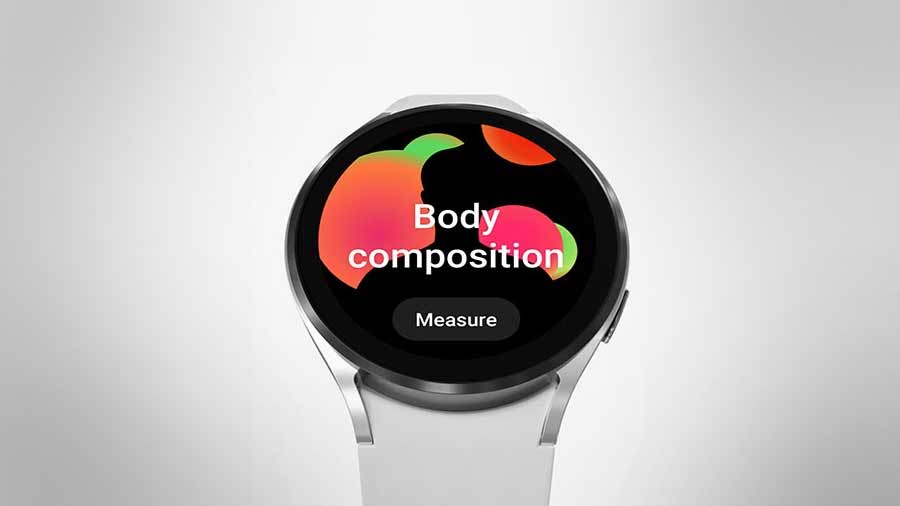
The Samsung Galaxy Watch
SpO2
Or oxygen saturation gained a lot of awareness in a post-COVID world. It is an estimate of the amount of oxygen in the blood. SpO2 values between 90-100% are acceptable with 95-100% being ideal, indicating good blood oxygenation that is necessary to supply the energy your muscles need to function. These readings are also useful for those with active lifestyles or anyone who suffers from sleep apnea. Wearables come with optical SpO2 sensors that use red and infrared light sensors to analyse the colour of your blood. The extent of oxygen saturation causes variations in the blood’s colour.
Available on: Multiple trackers and smartwatches from Garmin, Amazfit, Fitbit, OPPO, OnePlus, Samsung and Apple to name a few
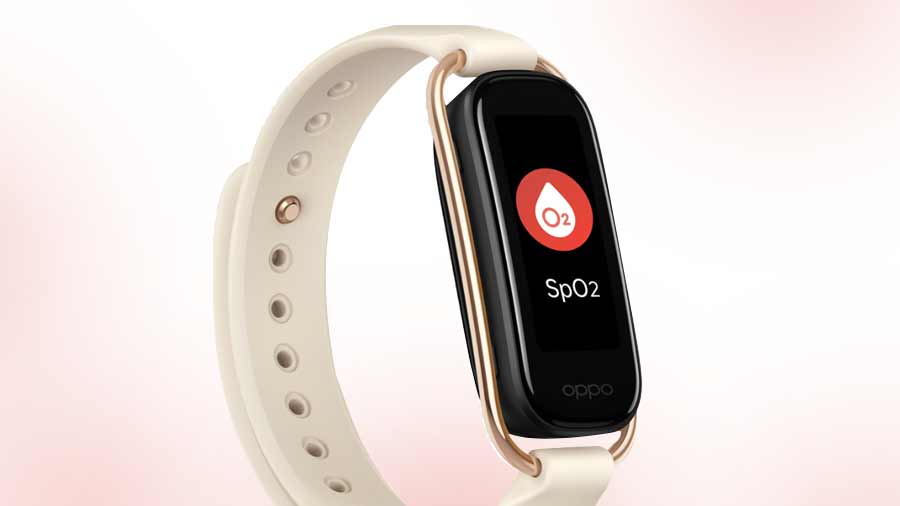
OPPO Watch
Skin Temperature
A feature that we first checked out on the Fitbit Sense. This is slightly different from the core temperature (inside your body) that is usually measured with a thermometer. The Sense takes three nights to estimate your baseline temperature and then begins to measure variations with the skin temperature sensor.
Available on: Fitbit Sense
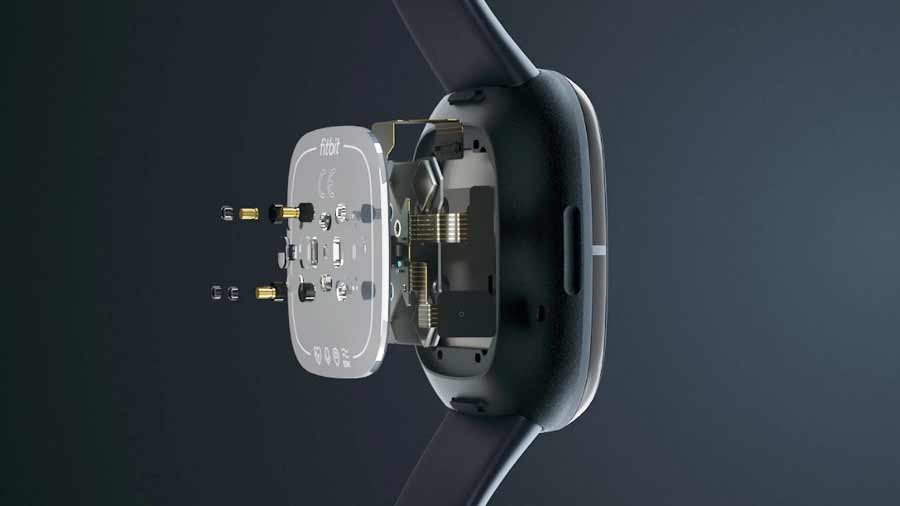
Fitbit Sense
Stress Levels
Wearables are combining stress scores, guided breathing and mindfulness using different approaches and apps to measure stress on your mind and your body. Smartwatches use heart rate stats as well as HRV or heart rate variability that focuses on minute fluctuations of the heart – a low HRV reading is an indicator of stress. Brands like Garmin and Fitbit also focus on stress tracking with relation to workouts and fitness routines. Fitbit for instance offers a Daily Readiness score that tells you whether you’re ready to work out or should prioritise recovery.
Available on: Multiple trackers and smartwatches from Garmin, Amazfit, Fitbit, Samsung and Apple to name a few
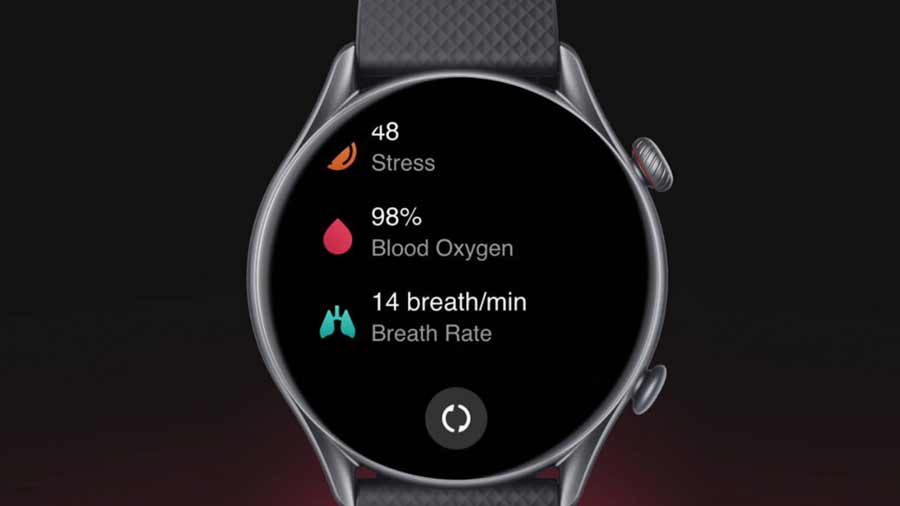
Amazfit
We emphasise that you will still need to consult your doctor and use scores from your smartwatches as a reference point and not conclusive data.
